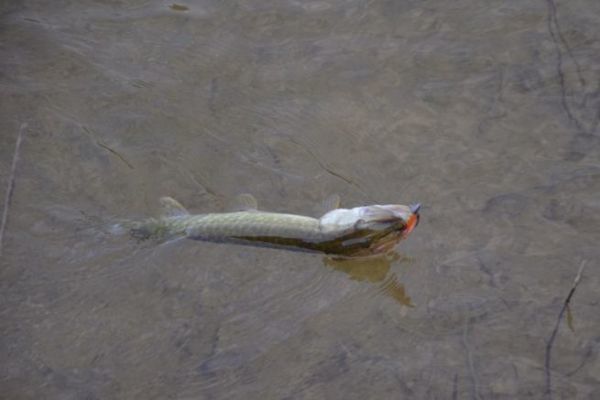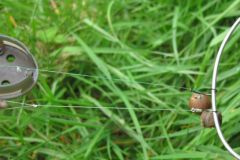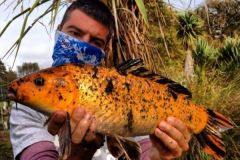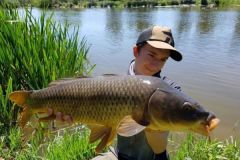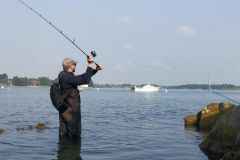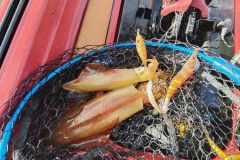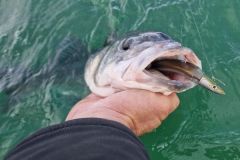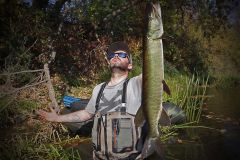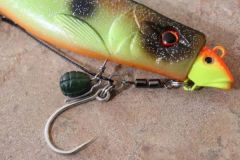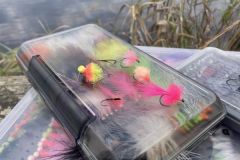Pike wintering behaviour
In winter, pike seek out the warmest layers of water, often at depth, as soon as the water drops below about 4 meters. They prefer areas rich in forage fish and adopt a slower, more energy-saving activity.
‚eurosLes prospecting techniques
Deep fishing is often more profitable in the cold season, especially in lakes and large rivers. Pools, slopes and lagoon areas are frequent havens for pike at this time of year.‚euros
However, shallow areas should not be overlooked during peak daylight hours, as the water there heats up faster and may temporarily attract predators to feed.‚euros
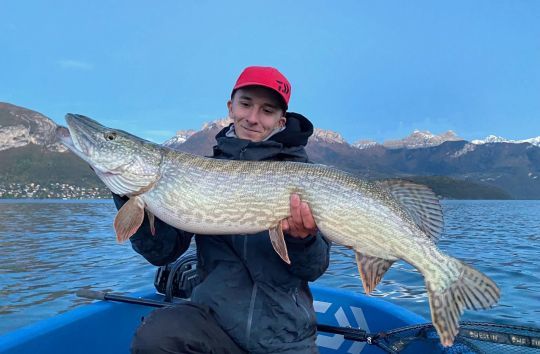
Choice of lures and presentation
Bulky lures are often preferred. They offer a good energy/cost ratio for fish that are not very active.‚euros
Give preference to slow recovery, with long pauses or minimalist animations, to imitate apathetic prey and stay longer in the pike's field of vision.‚euros
Soft lures, slow-swimming swimbaits and suspending vibrations are effective because they can be moved gently without catching on the bottom.‚euros
Adapt the lure color to the lightness of the water: in winter, flashy colors work well in cold, clear waters, while natural shades remain a good base for tinted or dark waters.‚euros
Key success factors
The window of activity for pike is reduced: ideally fish between 11am and 2pm on sunny days, when feeding activity intensifies.‚euros
Take into account the biotope‚eurosĮ: in shallow environments, specifically target the coldest periods of the day; in deep environments, systematically explore the deeper depths.‚euros
Regularly spotting schools of forage fish is also a major advantage, as pike never stay away for long.‚euros
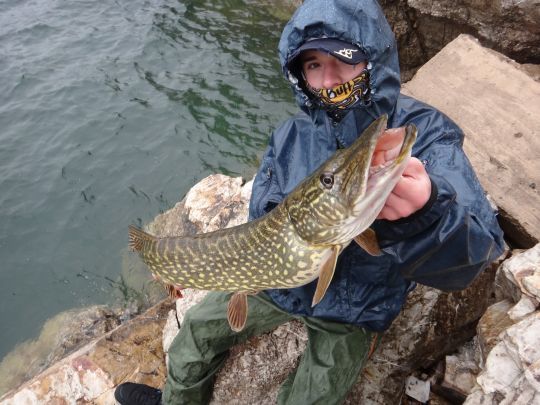
Pike fishing in winter therefore requires patience, adaptability and excellent knowledge of the fishing site. Knowing how to alternate depth, lure type and animation rhythm according to current conditions will enable you to take full advantage of the riches of the cold season.‚euros

 /
/ 